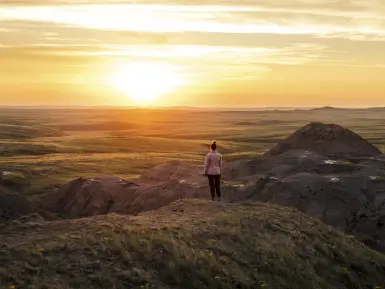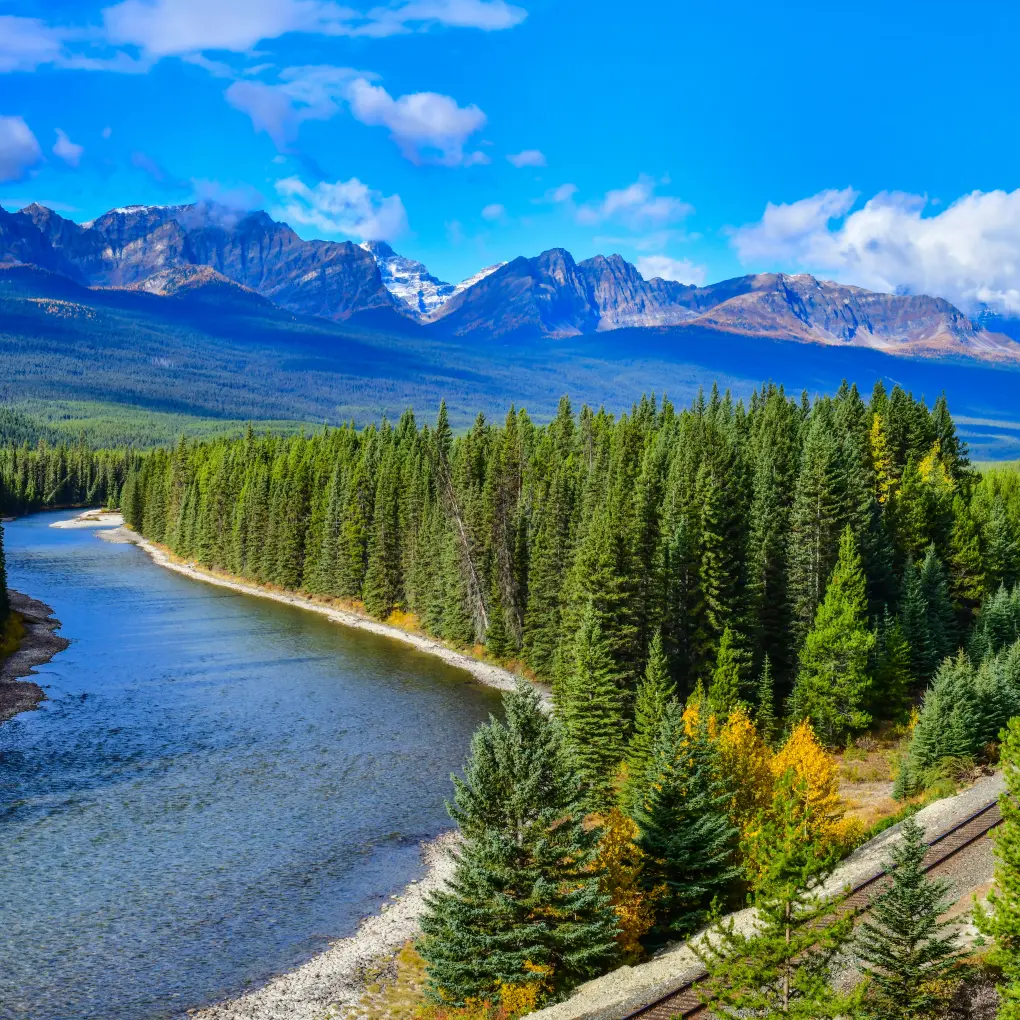Canada is home to some of the most impressive animals on the planet - and unsurprisingly, this is a major draw for many people.
From polar bears and grizzly bears to orcas and cougars, there is so much diversity in Canada’s wildlife. Here are some of the things you need to know.
Explore Wildlife Holidays
Take a closer look at the holidays we have tailored to spotting Canada's amazing wildlife.
Learn moreDespite being home to an array of large animals, it’s the beaver that is Canada’s national animal as it represents the colonial past of the country.
Canada’s largest rodent, the beaver, is a big, nocturnal, semi-aquatic animal that is famed for building dams, canals and lodges. From the early 17th century the trade in beaver pelts had been at the centre of Canada’s economy.
The beaver is predominantly found in the forested regions across the country and it is an animal you can see on wildlife holidays in Canada. Generally, these fascinating animals live in streams, where they build dams made of sticks, logs, mud and other debris.
Here are some fast facts about the beaver:
- The average age of a beaver in the wild is 24 years
- Their estimated population is around 6-12 million around the world
- Beavers boast dark reddish and brown coats
Latest Articles

Why Visit Vancouver in Spring 2026?


01/01/2026
As the winter rain fades and the days grow longer, Vancouver undergoes a truly spectacular transformation. Spring isn't just a season here; it is a city-wide celebration of life, colour, and outdoor adventure!

Saskatchewan Highlights: Discover the Land of Living Skies


12/11/2025
Often called the 'Land of Living Skies', Saskatchewan offers some of Canada's most unique and spectacular holiday experiences.

Indigenous Experiences in Alberta


31/10/2025
Alberta's Indigenous communities have shaped this province for thousands of years, creating a cultural tapestry that continues to thrive today.

The Ultimate British Columbia Road Trip


17/10/2025
British Columbia offers some of Canada's most spectacular road trip routes, and this incredible 14-day journey through the province's diverse landscapes promises unforgettable memories.












